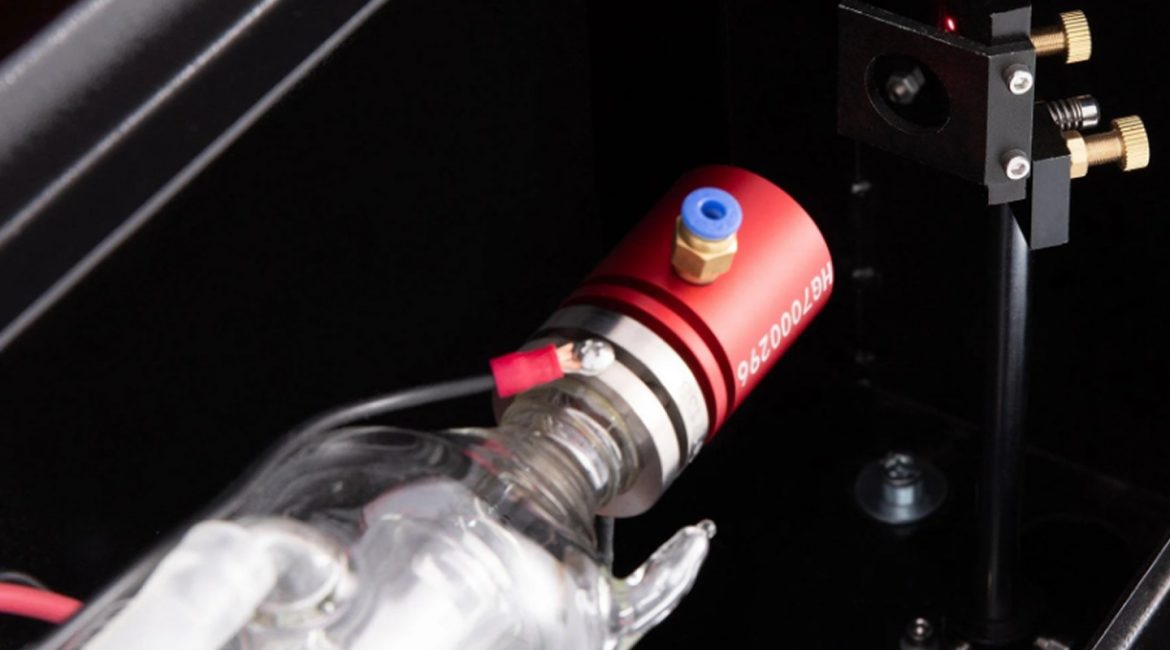In many laser processing or application devices, you’ll often notice a faint red dot. This is the red light indicator, also known as a red dot pointer or laser alignment tool. While it doesn’t directly participate in the main cutting, welding, or treatment processes, the red light indicator plays a vital supporting role within the laser system. Simply put, its primary functions are precision positioning and safety indication.
First and foremost, the core function of the red light indicator is to provide a visible reference for the laser beam path. Many high-power lasers used in industrial cutting, welding, or medical aesthetics, such as CO2 lasers and fiber lasers, emit beams that are either invisible (like infrared light) or have very low visibility due to their intensity. Consequently, before activating the high-power laser, operators can’t precisely determine where the high-energy beam will land on the material.
This is where the red light indicator comes in handy. This component emits a low-power, visible red laser beam that travels along the same path as the high-power working laser. It then projects a clear point or outline onto the target material. By using this red dot or outline, operators can accurately align the laser with the area that needs processing, thereby ensuring precise results and minimizing material waste.
Furthermore, the red light indicator also serves as a safety warning. When you see the red light indicator illuminated, it signifies that the high-power laser beam path is “ready” or “being calibrated.” This alerts personnel to the beam’s location, preventing them from inadvertently placing their hands or other body parts in its path. Although the red light itself is low-power and harmless, it warns of the imminent activation of a potentially dangerous high-power laser. This significantly enhances operational safety.
Now, regarding the question of whether a red light indicator can be installed on any laser tube, the answer is: the red light indicator isn’t directly installed inside a laser tube. Instead, it functions as an independent auxiliary optical system that can be integrated into a wide range of laser equipment.
Structurally, a red light indicator is typically a separate visible light laser module (for example, a low-power semiconductor red laser). It uses beam splitters, beam combiners, or specialized coupling optics to perfectly align the red light beam with the main working laser’s optical path, ensuring they travel along the same trajectory. Therefore, whether you’re using a CO2 laser tube, a fiber laser, or another type of laser source, as long as the optical path design incorporates a suitable beam combining structure, you can effectively install and utilize the red light positioning function. It’s safe to say that most modern laser devices that require precise positioning and prioritize safety can and should be equipped with a red light indicator.
In conclusion, the red light indicator acts as the “eyes” and “warning light” of laser equipment. It provides a straightforward solution to the challenge of positioning invisible beams while also ensuring operational accuracy and safety.

